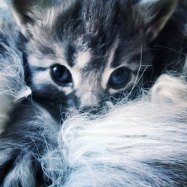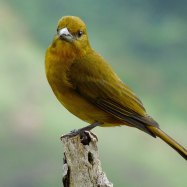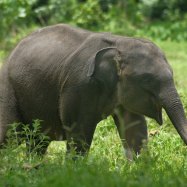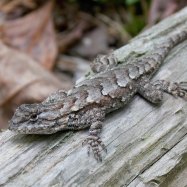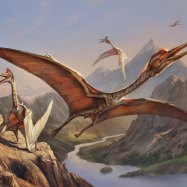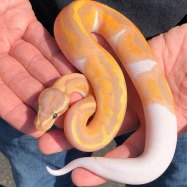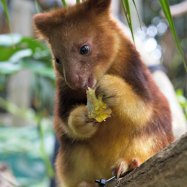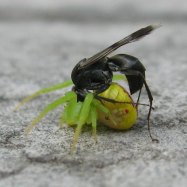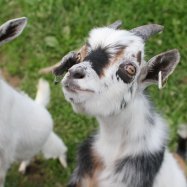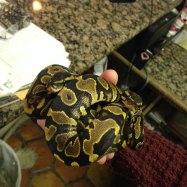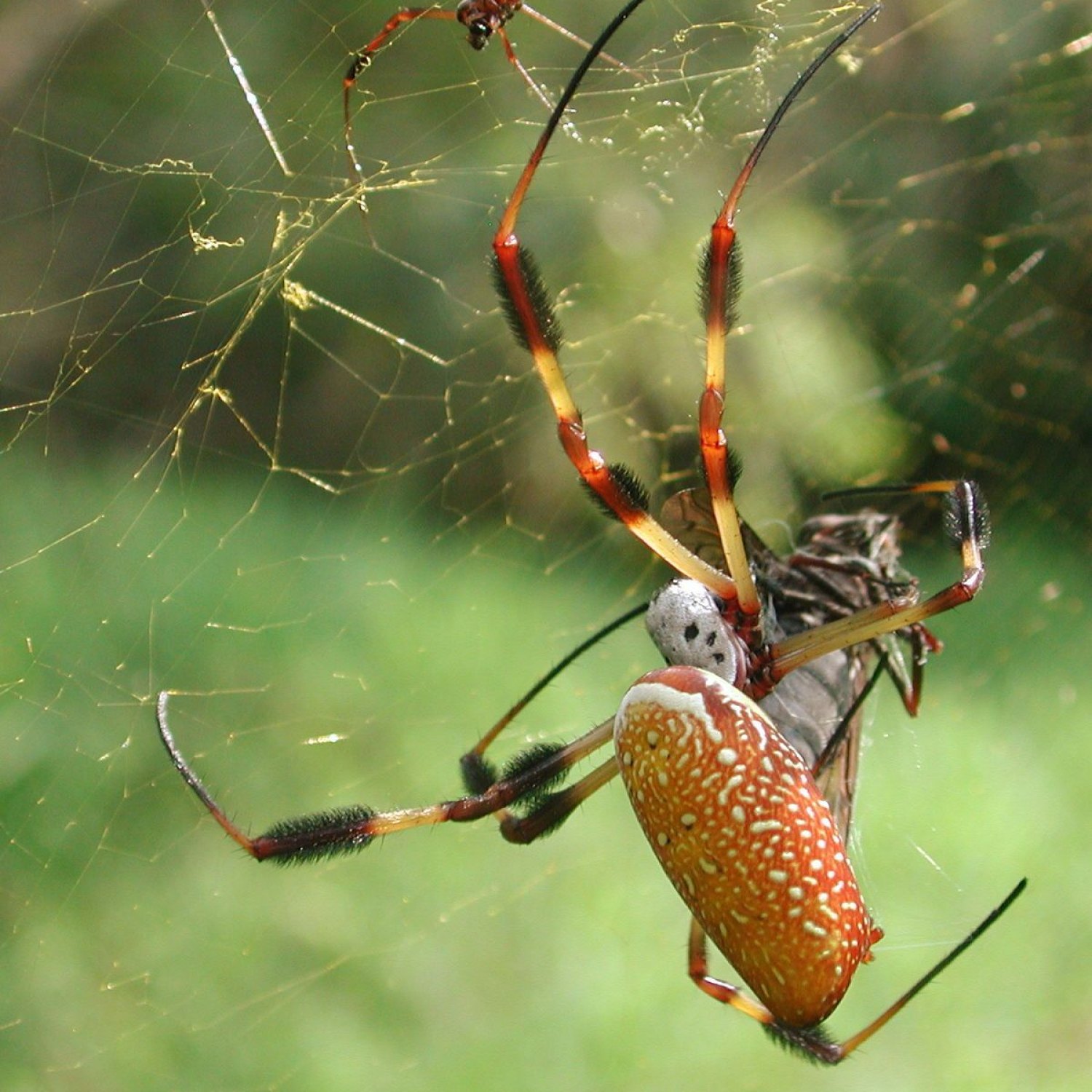
Orb Weaver
Varies
The Orb Weaver spider is a fascinating arachnid with a round abdomen and slender legs. They belong to the Araneidae family and come in various sizes. With their unique body shape and intricate web-building skills, these spiders are a sight to behold. Keep an eye out for these critters in your backyard or nature trails.
Animal Details Summary:
Common Name: Orb Weaver
Kingdom: Animalia
Habitat: Grasslands, forests, gardens
The Fascinating World of Orb Weavers: Master Weavers of the Arachnid Family
The animal kingdom is filled with an incredible variety of creatures, each with unique characteristics that make them stand out. One of the most intriguing creatures is the Orb Weaver, belonging to the Arachnid family. These amazing spiders have captured the attention of nature enthusiasts for their incredible weaving skills and remarkable features. In this article, we will take an in-depth look at the Orb Weaver, exploring its scientific name, habitat, feeding methods, geographical distribution, and more Orb Weaver.The Orb Weaver's Scientific Name and Taxonomy
The Orb Weaver's scientific name is Araneidae, derived from the word "aranea," meaning spider. The common name Orb Weaver comes from their round webs that they spin, often resembling a floating orb. They belong to the Animalia kingdom, Arthropoda phylum, Arachnida class, and Araneae order. The Araneidae family comprises over 3,000 different species, making it one of the largest families in the Arachnid family.Habitat and geographical distribution
Orb Weavers can be found worldwide, except in Antarctica. They are incredibly adaptable creatures and can thrive in various environments, including grasslands, forests, and gardens. They are more commonly found in warmer regions, but some species have adapted to colder climates as well. Orb Weavers prefer to spin their webs in open areas with plenty of sunlight, making grassy fields and gardens ideal habitats for them.Appearance and body shape
The Orb Weaver's body shape is one of its most distinctive features Ornate Bichir. They have a round, bulbous abdomen and slender, elongated legs. The females are typically larger than the males, with an average length of about 12mm, while males are about 6mm in length. Their body coloration can vary greatly, depending on the species. Some have brightly-colored yellow or red markings, while others are more muted shades of brown and grey. These colorations help the Orb Weaver blend into their surroundings, making them less visible to predators.Feeding methods
Orb Weavers are carnivorous creatures, meaning they feed on other insects. They mainly prey on flying insects such as flies, moths, and mosquitoes. They are skilled hunters and use their webs to catch their prey. Some species build their webs horizontally, while others build them vertically. They wait patiently in the center of their web, detecting slight vibrations that indicate a potential meal. Once the prey is caught, the Orb Weaver will wrap it in silk and inject it with digestive enzymes to liquefy its insides before feeding. This feeding method may seem gruesome, but it is a necessary part of their survival.Weaving Skills: Master Weavers of the Arachnid Family
One of the most remarkable things about Orb Weavers is their exceptional weaving skills. These spiders can spin complex, intricate webs within a matter of minutes, often using silk produced by their bodies. Orb Weavers have specialized spinnerets that they use to pull the silk out of their bodies and manipulate it into different patterns. They use different types of silk for different purposes, such as dragline silk for support and capture silk for trapping prey.Their orb-shaped webs are not only visually appealing but extremely functional as well. The webs are designed to take advantage of the Earth's gravitational pull, allowing them to catch insects as they fall into their webs. The center of the web is strengthened to provide a stable platform for the Orb Weaver to sit and wait for its prey. Some species have been known to rebuild their webs every night, while others reinforce their webs with fresh silk daily.
Adaptations for Survival
Orb Weavers have developed several adaptations that help them survive in their environment. One of their primary defense mechanisms is their ability to camouflage. Their body coloration and shape help them blend seamlessly with their surroundings, making it challenging to spot them.They also have specialized leg hairs that act as sensory receptors, allowing them to detect even the slightest movement on their webs. This helps them identify potential prey and also alerts them to the presence of predators.
Orb Weavers have also adapted to the risk of their webs being destroyed. Some species build their webs near vegetation, which acts as a backup if their web is destroyed. They can quickly retreat onto the vegetation and rebuild their web.
The Good and the Bad
As with any other creature, Orb Weavers play an important role in their ecosystems. They help control insect populations and are considered beneficial to gardens and farms. Their webs have also inspired scientists to create stronger and more flexible materials. However, some species, especially the larger ones, may bite humans if they feel threatened. The bites are not venomous and typically cause mild pain and swelling.In Conclusion
From their remarkable weaving skills to their unique adaptations, Orb Weavers are truly fascinating creatures. Their ability to thrive in different environments and the crucial role they play in their ecosystems makes them a vital part of the animal kingdom. So, the next time you come across an Orb Weaver in your garden or a grassy field, take a moment to appreciate these master weavers of the Arachnid family.

Orb Weaver
Animal Details Orb Weaver - Scientific Name: Araneidae
- Category: Animals O
- Scientific Name: Araneidae
- Common Name: Orb Weaver
- Kingdom: Animalia
- Phylum: Arthropoda
- Class: Arachnida
- Order: Araneae
- Family: Araneidae
- Habitat: Grasslands, forests, gardens
- Feeding Method: Carnivorous
- Geographical Distribution: Worldwide
- Country of Origin: Not applicable
- Location: Not applicable
- Animal Coloration: Varies
- Body Shape: Round abdomen, slender legs
- Length: Varies
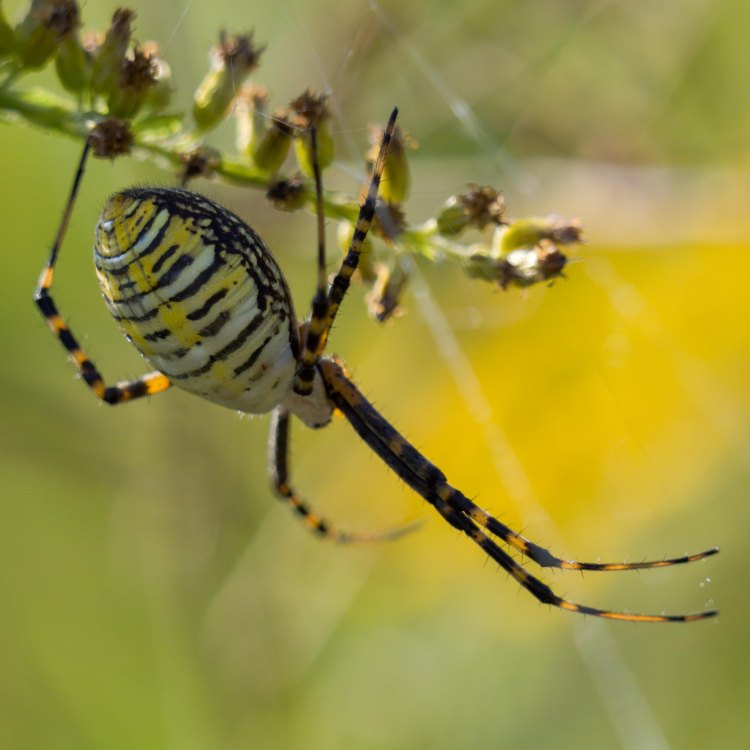
Orb Weaver
- Adult Size: Varies
- Average Lifespan: 1-3 years
- Reproduction: Sexual
- Reproductive Behavior: Males may offer food to females as part of courtship
- Sound or Call: No sound produced
- Migration Pattern: Non-migratory
- Social Groups: Solitary
- Behavior: Builds intricate orb-shaped webs
- Threats: Predators, habitat loss
- Conservation Status: Not evaluated
- Impact on Ecosystem: Maintains balance in insect populations
- Human Use: Not applicable
- Distinctive Features: Orb-shaped web, long legs
- Interesting Facts: Orb Weavers are known for their impressive webs with radial lines and a spiral orb shape
- Predator: Birds, lizards, other spiders
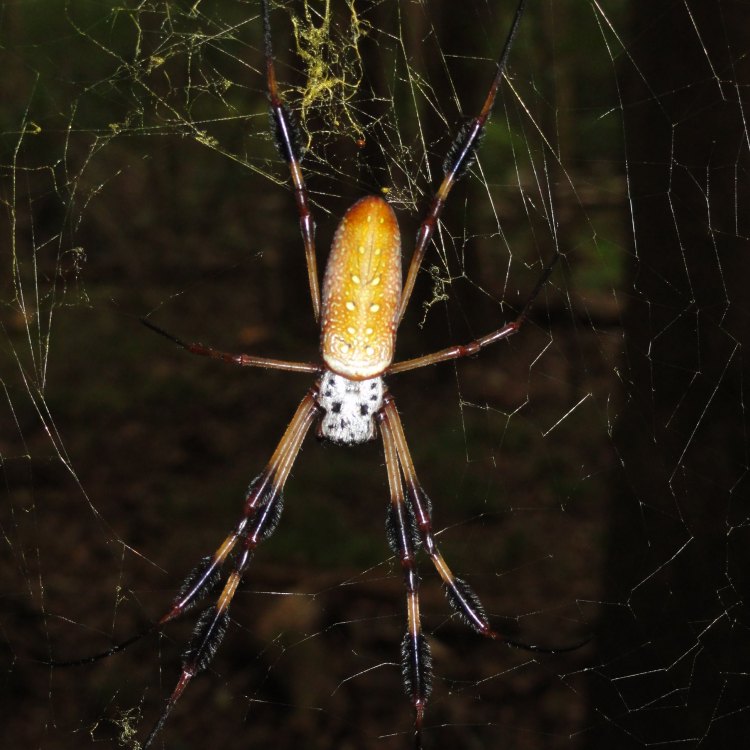
Araneidae
The Orb Weaver: A Master Weaver and Balancer of Insect Populations
In the vast and diverse world of arachnids, the Orb Weaver stands out with its unique features and behavior. These fascinating creatures, also known as garden spiders, are found in various regions of the world, from North and South America to Africa, Europe, and Asia. With a wide array of colors and patterns, Orb Weavers possess distinctive features that make them stand out from other spiders. In this article, we will delve into the world of Orb Weavers and learn more about their size, lifespan, behaviors, and impact on the ecosystem PeaceOfAnimals.Com.Size and Lifespan
The Orb Weaver spider varies in size, with adult females being much larger than males. Females can grow up to 30mm in body length, while males are usually around 10mm in length. Interestingly, the size of these spiders can vary depending on their diet and habitat. In captivity, Orb Weavers have been recorded to grow even larger in size, making them one of the largest orb-weaving spiders in the world.
In terms of lifespan, the Orb Weaver has a relatively long life compared to other spiders. On average, these spiders live for 1-3 years, with females living longer due to their larger size and ability to reproduce.
Reproduction and Courtship Behavior
Orb Weavers reproduce sexually, with males using their long legs to court females. Males may also offer food to females as part of their courtship behavior. In some species, males will even sacrifice themselves as a food gift to the female, ensuring their chances of successful mating Owl Butterfly.
Unlike other animals, Orb Weavers do not produce any sound or call to attract a mate. Instead, it is believed that they communicate through vibrations sent through their webs. This method of communication is crucial as it allows them to avoid predators while also alerting potential mates to their presence.
Non-Migratory and Solitary
Orb Weavers are non-migratory and usually stay in the same location throughout their lifespan, building and repairing their intricate webs. They are also solitary creatures, preferring to live and hunt alone. However, some social behavior has been observed in certain species, with multiple spiders living in close proximity to one another.
Behavior and Distinctive Features
Orb Weavers are known for their impressive webs, which are often orb-shaped with radial lines and a spiral shape. These webs are incredibly strong, and the spider's silk is often described as one of the strongest materials on Earth. The web structure is essential for the spider's survival, as it serves as both a hunting tool and a shelter. Their webs are also known for their sticky properties, catching unsuspecting insects for the spider to feed on.
The Orb Weaver's web is not the only distinctive feature; they also have long legs, which allows them to move quickly and efficiently across their webs. Their long legs also serve as a defense mechanism, making them appear more prominent and intimidating to potential predators.
Threats and Conservation Status
Orb Weavers face various threats, including predation and habitat loss. Birds, lizards, other spiders, and even wasps are known to prey on these spiders. Human activities such as deforestation and urban development also pose a threat to their habitat. However, due to their adaptable nature and wide distribution, these spiders are currently listed as "not evaluated" on the IUCN Red List of Threatened Species.
Impact on the Ecosystem
The Orb Weaver plays a significant role in the ecosystem, maintaining balance in insect populations. They serve as a natural pest control, as their prey includes insects that are considered pests in agriculture, such as flies, mosquitoes, and moths. By controlling these insect populations, Orb Weavers help maintain a healthy ecosystem.
Interesting Facts
Orb Weavers have long been a subject of fascination for scientists and individuals alike. Here are some interesting facts about these spiders:
• Some species of Orb Weavers have been observed to create webs with more than 40 meters of silk, making them one of the biggest webs created by any animal.
• Some Orb Weavers have been recorded to change their web design daily, depending on the weather and their prey's availability.
• These spiders possess eight simple eyes, instead of the usual eight compound eyes found in most spiders.
Predators
Despite their impressive webs and unique behaviors, Orb Weavers face threats from a variety of predators. Some common predators of Orb Weavers include birds, lizards, other spiders, and wasps. However, these spiders have evolved to have excellent eyesight and protective camouflage to help them avoid potential predators.
In conclusion, the Orb Weaver may seem like just another spider, but its distinctive features and behaviors make it a remarkable species. These spiders are not only master weavers but also play an essential role in maintaining balance in the ecosystem. With their long lifespan and ability to adapt to different environments, the Orb Weaver continues to fascinate and intrigue us with its unique characteristics.
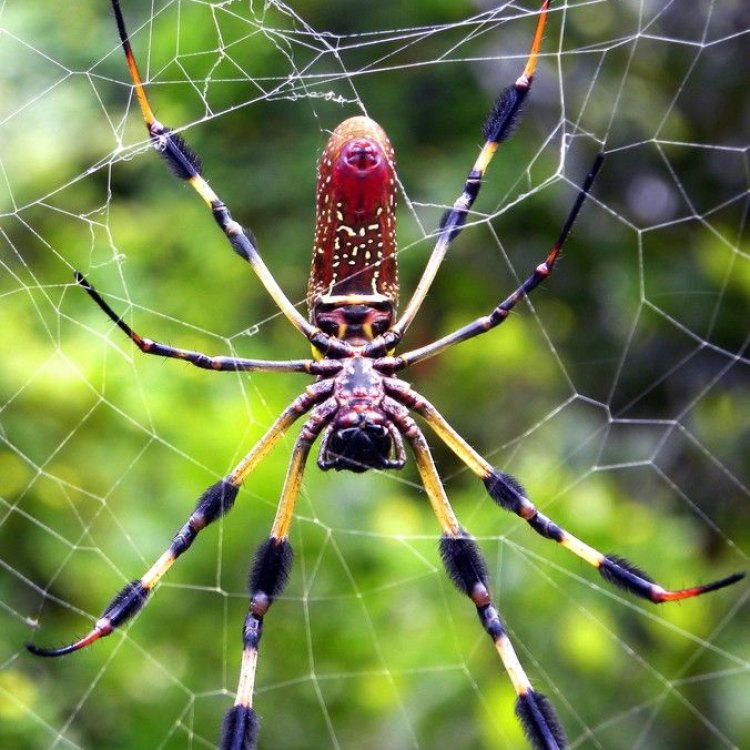
The Fascinating World of Orb Weavers: Master Weavers of the Arachnid Family
Disclaimer: The content provided is for informational purposes only. We cannot guarantee the accuracy of the information on this page 100%. All information provided here may change without prior notice.

